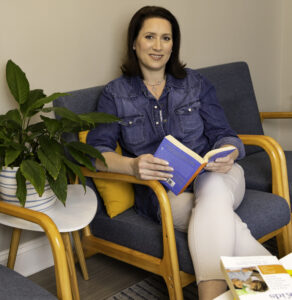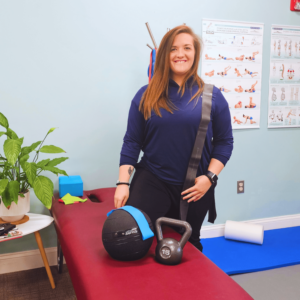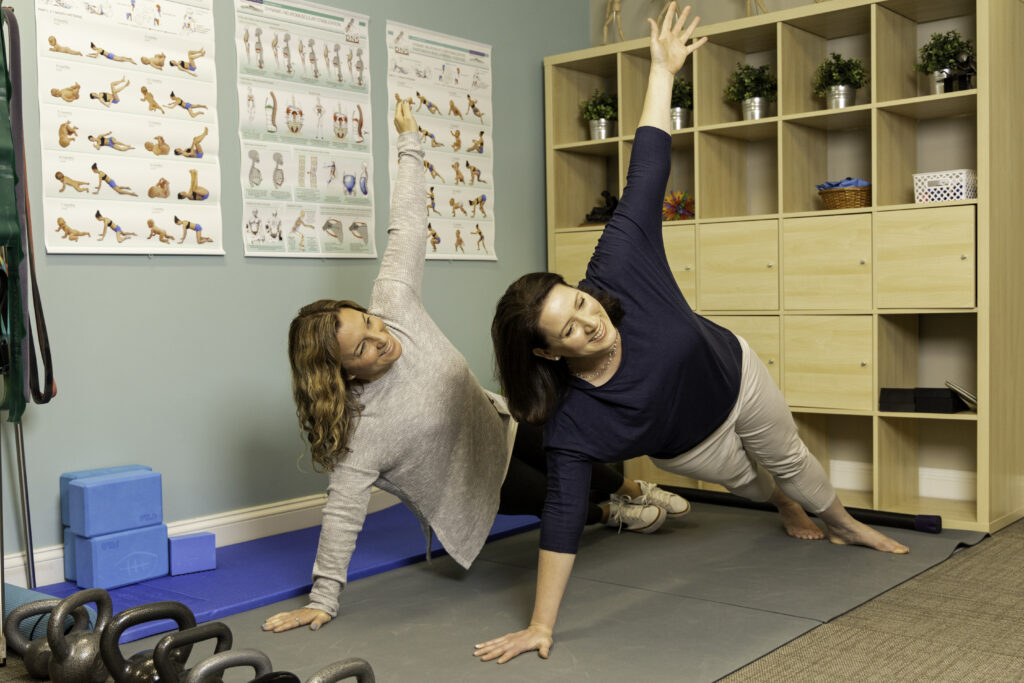Back pain is one of the most common reasons to seek chiropractic care. As common as it is, (80% of people will experience it!), there is still a lot of misunderstanding and mismanagement of it. This can lead to a lot of fear and anxiety, leading to sometimes unnecessary testing and ineffective treatments. This list is intended to dispel some of those myths and fears, and hopefully allow you to make better decisions if and when it happens to you!
- Upwards of 80-85% of back pain is non specific and not related to major structural injury. This doesn’t mean that “it’s all in your head” and not real! What it does mean is that there is no apparent structural reason, like a fracture or herniation, that explains the symptoms. Sometimes there is more than one cause. Chronic pain problems can involve systemic inflammation from poor nutrition or food sensitivities, mental/emotional stress, injuries to other areas of the body, or other lifestyle factors.
- Most episodes of back pain will improve within 6-8 weeks – even if you don’t get treatment. If you’re relatively healthy and can manage to stay active, strained and sprained muscles can and do heal on their own. Early proper treatment and rehab, however, can help the process along by getting you moving safely sooner!
- Ongoing back pain for more than 1 year is much more about sensitivity rather than damage. Strained muscles, ligaments, and tendons will heal after several weeks. Even large disc bulges and herniations can and do heal over several months. However, even after tissues heal, the nervous system remembers! Your brain might try to protect you by sending alarm signals, even when there is no actual damage being done.
- The bigger the disc bulge, the more chance you have of spontaneous reabsorption – aka your body healing it up completely without treatment. Research shows that about ⅔ of ruptured discs will reabsorb on their own. Surgery should not be considered unless there are severe or progressing signs of nerve damage, like loss of muscle function. It’s true that surgery may relieve some severe pain in the short term, but longer-term studies show that there is no significant difference between conservative and surgical treatments.
- Fear of back pain predisposes you to experience more back pain. This can be due to hypersensitivity of your nervous system as noted above, but also due to lack of proper movement and rehabilitation. Too often the fear of re-injury or lingering pain prevents people from doing the very things they should do to build strength and resilience.
- Your spine is designed to bend – and bending it well might be the best thing a back pain sufferer can do. Use it or lose it! Avoiding movement of any joint or muscle for periods of time will only make them more susceptible to injury when you do need to use them, like when picking up a child, or catching your balance if you trip. It’s important to learn how to move well and often!
- The story that has been (unintentionally) built up about your back is as important as any injury you may have had.
“I can’t do ___________ because I have arthtritis.”
“If I do _________, it will jurt again.”
“I’m just getting old, I have to live with it, just like my parents.”
These stories we create (or worse, are told by ill-informed health care providers!), can and do often limit progress. “Whether you think you can, or you think you can’t – you’re right,” holds very true in these cases. If you think you can’t do anything about it, you’re not likely to try!
My goal when you seek care is to help you understand how your body works and what it can do. More importantly, we can create self-care strategies to minimize risks of reoccurrence, and provide you tools for self-management if and when things might go off track!





